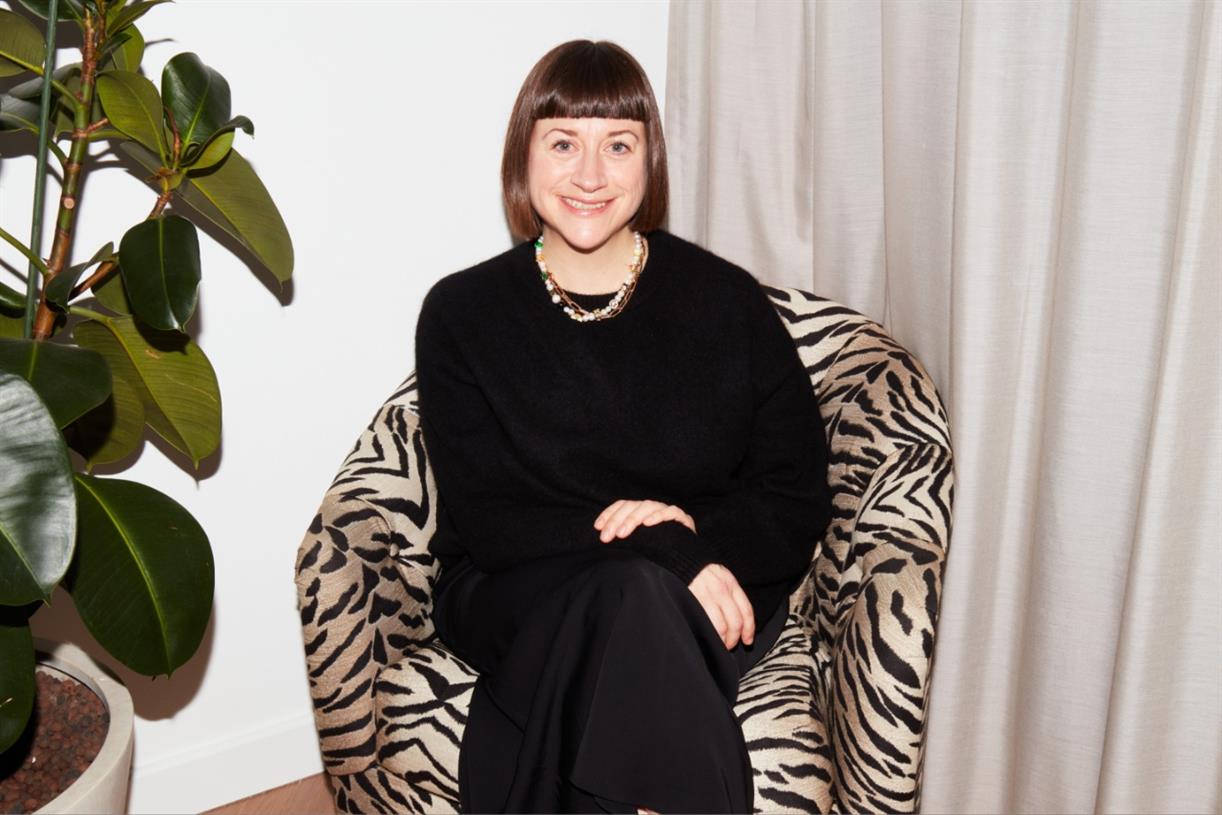The M’sian national winner of 2022’s James Dyson Award is a pencil for autistic kids
James Dyson Award 2022 has announced Malaysia's national winner, MA-Pencil. It teaches children with autism how to grip pencils correctly.

Every year, the James Dyson Award (JDA) gathers up design engineering university students to submit and pitch their innovations that solve a problem.
This year’s innovators had to follow the theme of either building inclusive awareness for autism, or managing marine plastic waste and biodiversity.
Out of the 138 SEA entries to the JDA this year, Malaysia contributed with the highest number at 83 entries in total.
Vulcan Post was once again invited to a virtual roundtable interview to meet this year’s Malaysian national winner, MA-Pencil. It’s a multifunctional pencil to help children with Autism Spectrum Disorder (ASD) learn how to write independently.
MA-Pencil was designed by Le Qi, a final year industrial design student from University Sains Malaysia (USM).
 Image Credit: James Dyson Foundation
Image Credit: James Dyson FoundationObserving a learning disability
While gripping a pencil might seem like an easy task to many, it can be a challenging one for children with autism. This, in turn, can greatly impact their confidence.
At the virtual roundtable interview, Le Qi shared that the kids would grip a pencil with their entire fist, struggling to grasp the concept of how to hold pencils otherwise.
 Image Credit: James Dyson Foundation
Image Credit: James Dyson FoundationLe Qi, who told Vulcan Post that she’s passionate about helping children with ASD, made this observation during a virtual visit to a special needs home that’s local to her university.
“By chance, this opportunity was provided by my lecturer at USM and it gave me the impetus to learn more about this common developmental disorder,” she said.
She brought up her realisation to the centre’s supervisors and lecturers, and was compelled to help the community with her design background.
Getting the right grip
MA-Pencil is a multifunctional pencil set to guide children with autism to write and draw independently with the right grip.
It leverages a weighted silicon gripper that can be tweaked to adapt to the child’s learning stages, training their sensory-motor skills.
 Image Credit: James Dyson Foundation
Image Credit: James Dyson FoundationThe beginner stage supports the child’s finger placement when holding the pencil.
Intentionally designed to have a curved surface, textured lines and circles on the gripper will guide its users toward the first stage of pencil-gripping.
Once users have adapted to the gripping stance, they can move on to the adapting stage. Here, the gripper can be turned 180 degrees to support the fingers, while establishing the correct way to hold the pencil.
 Image Credit: James Dyson Foundation
Image Credit: James Dyson FoundationLastly, the mature stage is where the gripper attachment can be removed altogether, and MA-Pencil can be used like a regular pencil.
A child can “graduate” from the MA-Pencil at any time, depending on their individual progress, to finally move on to using a regular pencil independently.
A pencil that encourages learning
As children with ASD have a short attention span, they generally learn at a slower pace than normal children.
Hence, MA-Pencil is also designed to cultivate ASD children’s interest via 10-second alternating audio producing the sound of mammal animals to encourage its user.
Built-in speakers are also placed on the pencil’s various cap shapes that are designed to look like the trunk of an elephant, the tail of a tiger, and the ears of a rabbit. They can all be switched out depending on the user’s preference.
 Image Credit: James Dyson Foundation
Image Credit: James Dyson FoundationHowever, children with ASD are known to be distracted or overwhelmed by noise, leading me to wonder what Le Qi’s rationale was for including animal noises with the MA-Pencil.
“From my observation, autistic children tend to pay more attention and react to sounds,” she stated. While they do get distracted and overwhelmed, it is usually due to loud and sudden noises, such as shouting, TV noises, and street noises.
“With that in mind, the idea of using mammal sounds came natural to me, as they were calming yet repetitive, so, being played by the speaker, would be a reassuring tone to assist children with ASD [on focusing] while using the pencil,” Le Qi explained.
The audio can attract the attention of children with autism to build interest in the item and motivate them to persistently hold the pen.
Sketching out the bigger plan
Le Qi’s immediate plan is to continue developing the prototype and improve its design to be more attractive and practical for users.
“There is still a long way to go before the whole invention is completed and launched for public use. But I don’t rule out the possibility of completing the invention and working with the centres and communities in the future,” she hoped.
 Image Credit: James Dyson Foundation
Image Credit: James Dyson FoundationLe Qi shared that it is a dream of hers to know that MA-Pencil can support children in need, as her goal is to help children with ASD feel at ease with their learning difficulties, especially in writing.
“Not only would the pencil correct their learning behaviour but it could help them to enjoy the writing process,” Le Qi hypothesised.
Here’s what the runners-up had in store
Other than the national winning design, the two runners-up had interesting inventions targeted at reducing microplastic pollution at sea, and improving the usability of an existing product.
 Whalecro consists of Velcro-like filters to hook microplastics in the ocean / mage Credit: James Dyson Foundation
Whalecro consists of Velcro-like filters to hook microplastics in the ocean / mage Credit: James Dyson FoundationInspired by the widespread microplastic pollution problem that’s becoming more apparent by the day, Whalecro is an underwater propulsion vehicle.
It is designed to pick up microplastics through a series of motor-powered filters made with a Velcro strap. This hook-like surface will cause microplastics to latch onto it, trapping them in the process.
The team of designers behind it include Jing Hung Chan, Tan Jia-Hao, Joon Yi Lim, Lim Cher Khai, and Mostafa Marzouk from Asia Pacific University of Technology & Innovation Malaysia.
 SwiSH intends to make it easier for women, disabled persons, and the like, use less strength while changing their tyres / Image Credit: James Dyson Foundation
SwiSH intends to make it easier for women, disabled persons, and the like, use less strength while changing their tyres / Image Credit: James Dyson FoundationMeanwhile, SwiSH is a car jack designed to make hoisting up a vehicle in case of a tyre puncture more user friendly.
Comprising three concentric cylindrical components, the mechanism applies a telescopic concept to allow users to hoist a car without exerting additional force.
Did you know: Telescoping in mechanics describes the movement of one part sliding out from another, lengthening an object (such as a telescope or the lift arm of an aerial work platform) from its rest state.
The cylindrical shape of SwiSH also provides a much bigger surface area making it more stable and safer when in use.
Both runners-up are planning to further their experimentation and improve their prototypes to make their designs more efficient.
-//-
Winning the national leg of the JDA will inject RM27,900 into MA-Pencil.
The MA-Pencil will now be progressing to the international stage of the JDA, where the shortlist will be announced on October 12, and the international winners will be named on November 16.
Learn more about MA-Pencil here.Learn about past JDA national winners here.Image Credit: Le Qi, inventor of MA-Pencil taken by the James Dyson Foundation

 MikeTyes
MikeTyes 
































